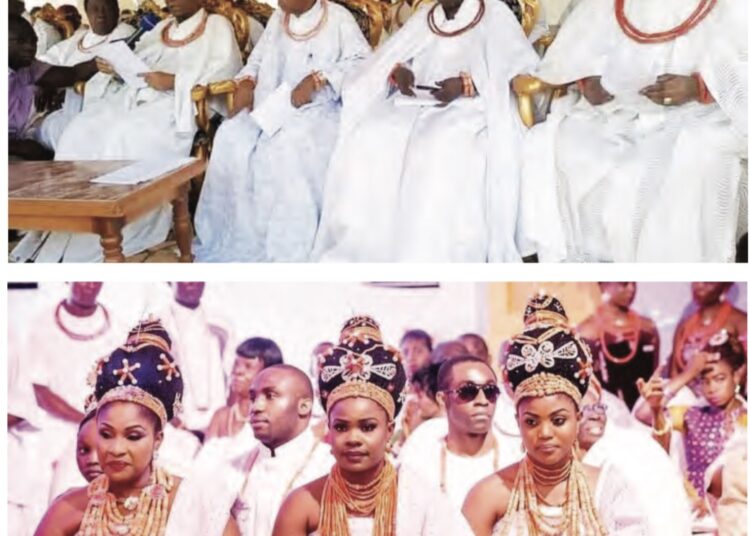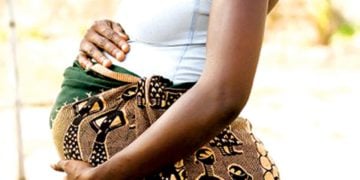Benin Kingdom, located in the thick equatorial rain forest zone of present southern Nigeria, has a rich vegetation which supports and provides most materials for craft industries. It is one of the oldest and powerful kingdoms of the forest region of West Africa, which dates back to the 11 centuries.
Today, Edo State, which is the home of history, culture and tradition has no doubt, with Benin Kingdom as a treasure trove of culture, brought world of fashion to its knees. As you well know, culture is the totality of a people’s way of life, including language, mode of dressing, and so on.
While fashion to some persons, is a statement, beautiful clothing as well as simply being comfortable in whatever you wear, others see it as a lifestyle. But whatever you perceive fashion to be, one thing that cannot be denied is that fashion is dynamic. It evolves.
For the Benin (Bini) people of Edo State in South-South Nigeria, who are well-known to be fashionable in every sense, fashion plays an important cultural role and contributes significantly to the economy. The Benin traditional attire has been known to exude royalty and beauty at its peak.
The Oba of Benin, the custodian of the Benin culture and tradition, wears an elaborate attire from head to foot with deep cultural roots. With the exception of the Iyerhuan and Akhuankhuan made of Ukponmwinanido (local cloth), every other thing the Oba wears is either red coral or ivory beads. The Iyerhuan, a large item of regalia, is a peculiar type of handwoven white cloth by the royal guild, Owina-Nido.
In the olden days, the most common attire of the Benin people was sack and wrapper stylishly cut into “Buba” for the women and “Shokoto” for the men.
Although the fashion trend in Benin has evolved over time with new clothing designs, ornaments and accessories from various fashion brands and houses, the Bini traditional attire remains largely the same. Men wear white top and above it a multi-coloured stripe fabric, beautifully accompanied by a cap or hat, which is most times beautified with coral beads or fabric. Women tie wrappers made from a variety of fabrics such as velvet, lace and George. This is then complimented with a blouse or a beaded cape popularly known as “Ewu-Ivie”. The women also adorably adorn their hair with traditional beads and hair brass pin which leave them totally stunning.
One prominent thing you will notice about Edo traditional marriage attire is the colour red (ododo). You may have been wondering why Edo brides wear red clothing and coral beads during their traditional wedding. Wonder no more. The red flannel cloth (Ododo) is the traditional colour of the Edo-speaking people. It represents Edo culture, tradition, royalty and nobility. It was introduced into the then Benin Empire during the reign of Oba Ewuare the Great (about 1440AD-1473AD).
The colour red holds uttermost significance to the fashion, lifestyle, culture and tradition of Edo people alongside coral beads.
Coral beads worn by Edo men and women of Nigeria are symbolic of power, prestige, wealth, royalty and beauty. They are worn mostly during Edo traditional weddings and cultural events. Historically, beads featured prominently in Edo royal symbolism, but the richest beads were made from red corals, not from glass or stone. The striking red coral beads were used for everything from royal veils to full length royal cassocks. They were held to contain power to transform things, to effect outcome.





